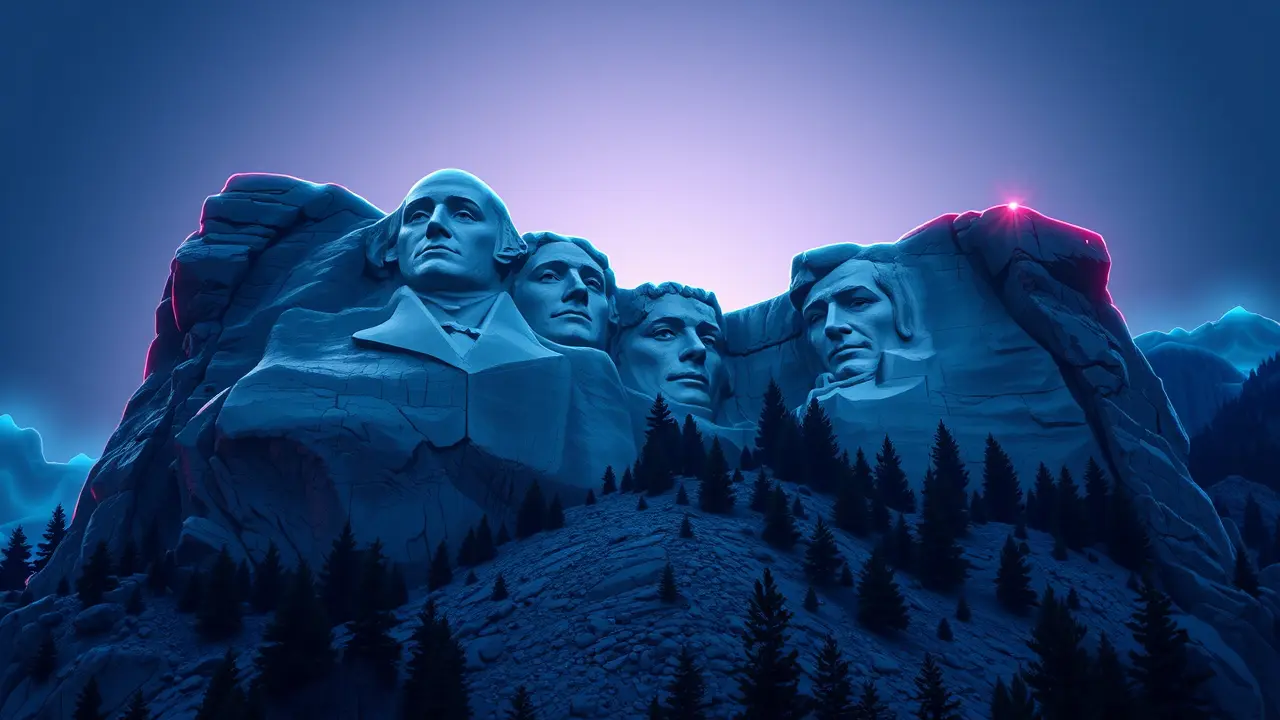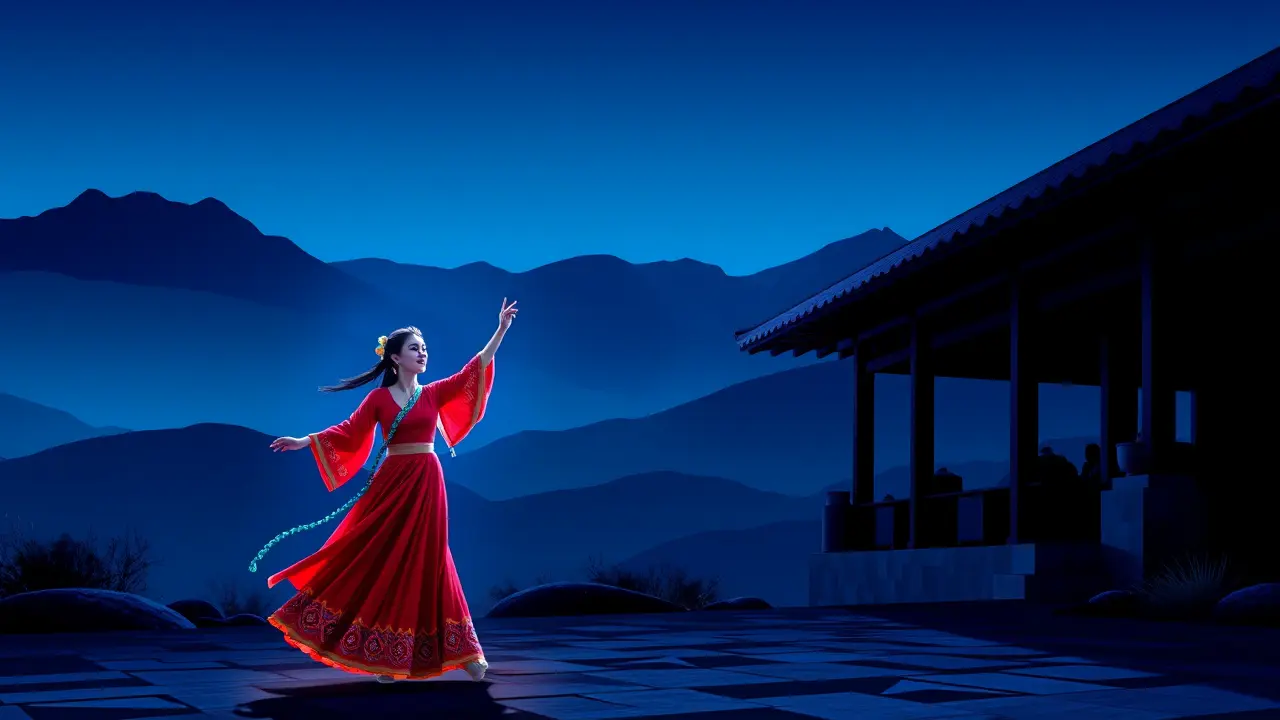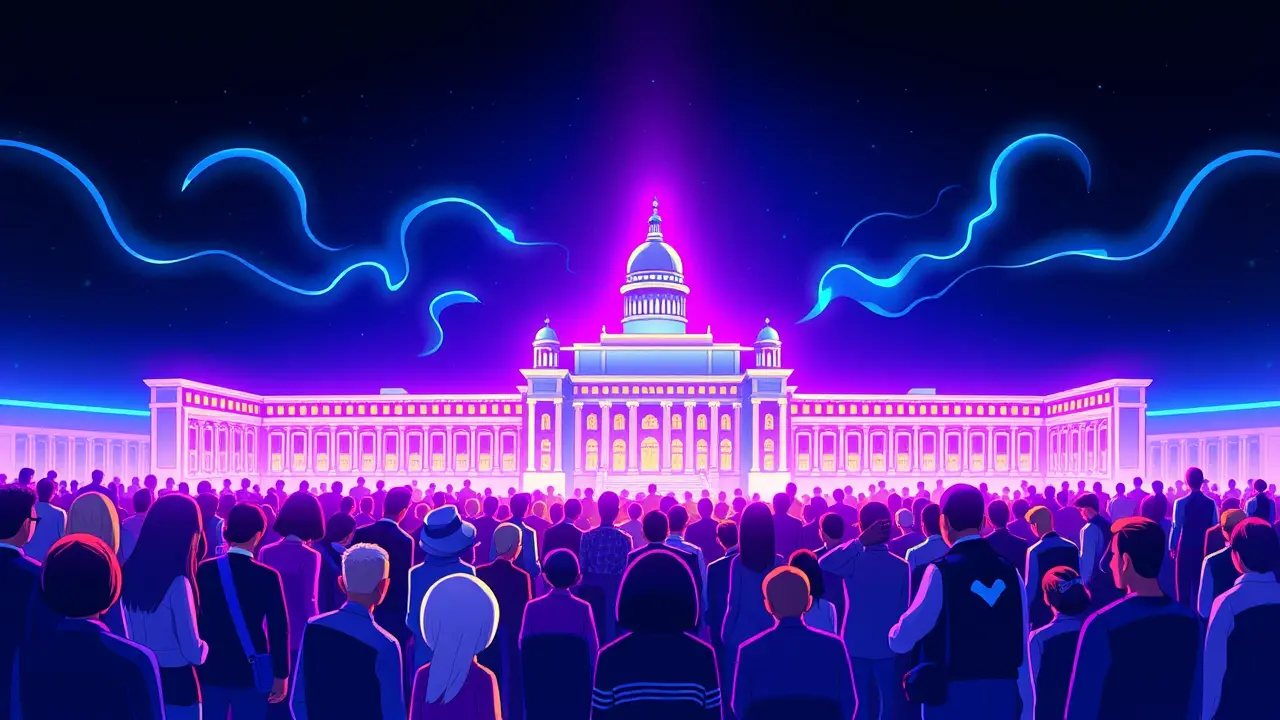
Politicshuman rights
Indigenous Protest Against Mount Rushmore Monument
RA
Rachel Adams
3 hours ago7 min read
The granite faces of Mount Rushmore, carved with the visages of four American presidents, have long stood as an emblem of national pride for some, yet for Indigenous communities like the Lakota, they represent a century of profound cultural desecration and unresolved historical trauma. The Black Hills, known as Ȟe Sápa to the Lakota, are not merely a scenic landscape but a sacred relative, a living ancestor central to their creation stories and spiritual identity, a connection violently severed when the United States government seized the land in violation of the 1868 Fort Laramie Treaty following the discovery of gold.This protest, far from a sudden outburst, is the latest chapter in a persistent, generations-long struggle for sovereignty and recognition, echoing the 1980 Supreme Court case United States v. Sioux Nation of Indians, which acknowledged the illegal seizure but offered monetary compensation—a settlement the tribes have consistently refused, insisting that the land itself, not money, is what is sacred and must be returned.The monument itself, a project initiated in 1927 by sculptor Gutzon Borglum—a man with documented ties to the Ku Klux Klan—transformed a holy site into a nationalist shrine, physically and symbolically entrenching a narrative of colonial conquest onto the very rock formations that hold deep ceremonial significance. This act of carving the mountain is seen by many Indigenous activists as a permanent scarring, a violent imposition on a relative, making the ongoing protests not just political demonstrations but acts of spiritual and cultural defense.The demonstrators, including figures like Candi Brings Plenty, are therefore not simply objecting to a statue; they are demanding a fundamental reckoning with the foundational myths of American expansionism, challenging the public to see beyond the patriotic veneer and confront the ongoing legacy of broken treaties and cultural erasure. The ecological impact of the monument and the tourism it attracts further compounds the injury, with increased foot traffic, pollution, and infrastructure disrupting delicate ecosystems and traditional practices that have sustained the land for millennia.This standoff at Mount Rushmore reflects a broader, global movement where Indigenous peoples are forcefully reclaiming their narratives and lands, from the Standing Rock protests against the Dakota Access Pipeline to the Maori safeguarding their ancestral mountains in New Zealand, signaling a pivotal shift in public consciousness. The consequence of ignoring these calls is a perpetuation of historical amnesia, while engaging with them offers a path toward a more honest and reconciled future, one where the management and narrative of such contested sites could be shared, transforming a monument of division into a potential space for dialogue, healing, and a more complete telling of American history.
#Mount Rushmore
#Indigenous rights
#Black Hills
#protest
#cultural heritage
#land rights
#editorial picks news
Stay Informed. Act Smarter.
Get weekly highlights, major headlines, and expert insights — then put your knowledge to work in our live prediction markets.
Related News
© 2025 Outpoll Service LTD. All rights reserved.












